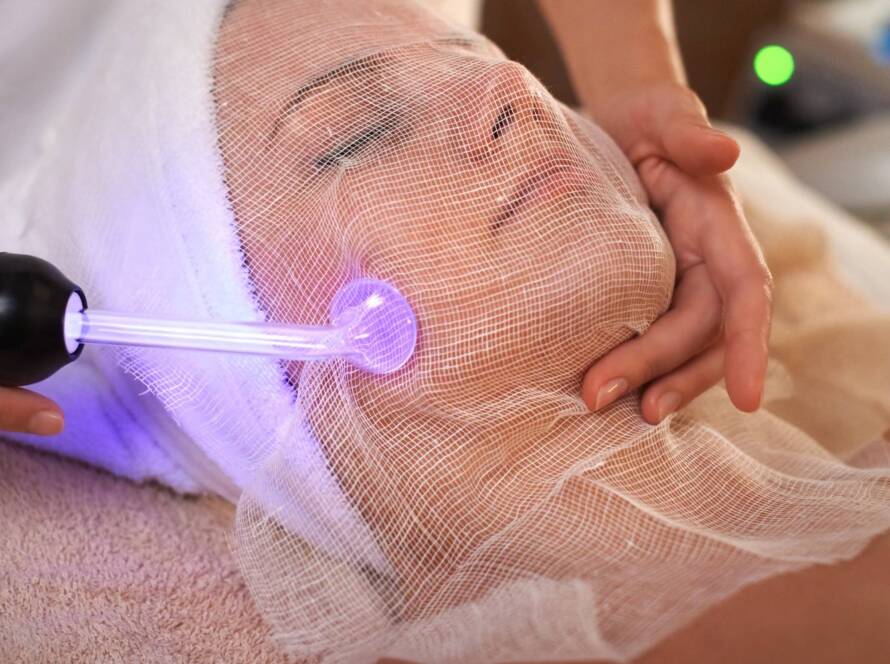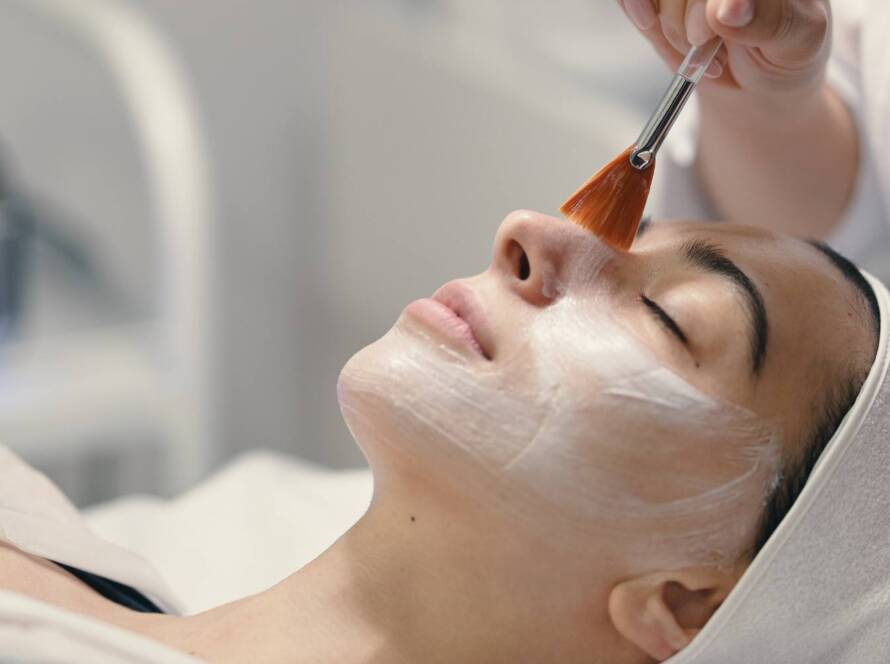Table of Contents
What You Need to Know About Botox
Are you noticing those horizontal lines across your forehead becoming more prominent? Botox for forehead wrinkles has become one of the most popular cosmetic treatments for a reason. This minimally invasive procedure can help you achieve a smoother, more youthful appearance without surgery or significant downtime.
Botox (Botulinum toxin) works by temporarily relaxing the muscles that cause wrinkles when you make expressions. When strategically injected into your forehead area, it can significantly reduce the appearance of those frustrating horizontal lines that make you look tired, worried, or older than you feel.
In this comprehensive guide, you’ll learn everything you need to know about using Botox for forehead wrinkles—from how the procedure works to what results you can expect and how long they’ll last.
How Botox Works on Forehead Wrinkles
When you’re considering Botox for forehead wrinkles, understanding the science behind it can help you make an informed decision. Botox specifically targets dynamic wrinkles—those that appear when you make facial expressions.
Your forehead wrinkles develop when you raise your eyebrows, causing the frontalis muscle to contract. Over time and with repeated movements, these temporary lines can become permanently etched into your skin, visible even when your face is at rest.
Botox for forehead wrinkles works by blocking the nerve signals that tell these muscles to contract. When the targeted muscles can’t move as much, the skin above them remains smoother, and the wrinkles are significantly reduced or eliminated altogether.
The treatment is precise and focused—only affecting the specific muscles where the product is injected. This allows for natural-looking results when performed by a skilled practitioner who understands facial anatomy and proper technique.
Benefits of Choosing Botox for Your Forehead
There are numerous reasons why Botox for forehead wrinkles continues to be a leading cosmetic treatment:
Quick and Convenient
Your Botox treatment will typically take just 10-15 minutes. Many people schedule appointments during their lunch break and return to work immediately afterward. There’s no anesthesia required, and no recovery time needed.
Proven Safety Record
Botox has been FDA-approved for cosmetic use since 2002 and has a long-established safety profile when administered by qualified professionals. Millions of treatments are performed every year with consistently positive outcomes.
Predictable Results
When you choose Botox for forehead wrinkles, you’re selecting a treatment with reliable, consistent results. Most patients see noticeable improvement within 3-7 days after treatment, with full results visible after about two weeks.
Prevention of Deeper Wrinkles
Beyond just treating existing wrinkles, regular Botox treatments can help prevent deeper wrinkles from forming. By limiting the repeated muscle movements that lead to wrinkle formation, you’re not just addressing current concerns but taking preventative steps for future skin health.
Customizable Treatment
Your provider can tailor the amount of Botox and precise injection locations to achieve your desired results—whether you want a completely smooth appearance or prefer to maintain some natural movement in your forehead.
What to Expect During Your Botox Treatment
If you’re new to Botox for forehead wrinkles, knowing what happens during the procedure can help ease any anxiety you might have.
Before the Procedure
Your treatment will begin with a consultation where you’ll discuss your goals and medical history. Your provider will examine your forehead muscles while you make different expressions to determine the optimal injection sites.
Some providers may take photographs to document your wrinkles before treatment for comparison later. They should also explain potential side effects and answer any questions you have.
During the Injection Process
The actual Botox for forehead wrinkles procedure is quick and straightforward:
- Your provider will cleanse the treatment area.
- They may apply a topical numbing cream if you’re concerned about discomfort, though many patients find this unnecessary.
- Using a very fine needle, they’ll inject small amounts of Botox into specific muscles of your forehead.
- Most people describe the sensation as a brief pinch that subsides quickly.
- The entire injection process usually takes less than 10 minutes.
Post-Treatment Guidelines
After receiving Botox for forehead wrinkles, you’ll receive some simple instructions:
- Avoid touching or rubbing the treated area for 24 hours
- Stay upright for about four hours
- Skip intense exercise for the remainder of the day
- Limit alcohol consumption and anti-inflammatory medications that could increase bruising
These guidelines help ensure optimal results and reduce the risk of complications.
How Long Will Your Botox Results Last?
One of the most common questions about Botox for forehead wrinkles concerns the duration of results. While everyone metabolizes Botox differently, most people enjoy their results for approximately 3-4 months before the effects gradually wear off.
Several factors influence how long your Botox lasts:
Your Metabolism
If you have a faster metabolism, your body may break down the Botox more quickly, potentially shortening the duration of your results.
Muscle Strength
People with stronger forehead muscles might need more frequent treatments, especially when first starting Botox.
Treatment Consistency
Regular maintenance treatments often lead to longer-lasting results over time. As your muscles become “trained” to relax, you might find that you can go longer between treatments.
Dosage Used
The amount of Botox injected affects how long the results last. Your provider will determine the appropriate dosage based on your muscle strength and aesthetic goals.
Many people find that with consistent treatments, their forehead wrinkles become less severe even when the Botox wears off, as the muscles lose some strength through disuse.
Potential Side Effects and How to Minimize Them
When considering Botox for forehead wrinkles, it’s important to understand the possible side effects, even though they’re typically minor and temporary.
Common Side Effects
Most side effects from Botox are mild and resolve within a few days:
- Minor bruising at injection sites
- Temporary redness or swelling
- Slight headache after treatment
- Sensation of tightness in the forehead
Less Common Side Effects
Rarely, patients might experience:
- Eyelid drooping (ptosis)
- Asymmetrical results
- Eyebrow shape changes
To minimize the risk of side effects from your Botox for forehead wrinkles treatment:
- Choose a qualified, experienced provider who understands facial anatomy
- Disclose your full medical history and any medications you’re taking
- Follow all pre- and post-treatment instructions carefully
- Avoid alcohol and blood-thinning medications before treatment when possible
Remember that the skill of your injector plays a significant role in both your results and the likelihood of side effects. Research providers thoroughly and view their before-and-after photos of actual patients.
Is Botox for Forehead Wrinkles Right for You?
While Botox is suitable for many people concerned about forehead wrinkles, it isn’t right for everyone. Consider these factors when deciding:
Good Candidates for Botox
You’re likely a good candidate for Botox for forehead wrinkles if:
- You have dynamic wrinkles that appear when you make expressions
- You’re in good overall health
- You have realistic expectations about the results
- You’re willing to maintain results with regular treatments
When to Consider Alternatives
You might want to explore other options if:
- You’re pregnant or breastfeeding
- You have certain neuromuscular disorders
- You have a history of severe reactions to any botulinum toxin product
- You want permanent results from a single treatment
Your provider should conduct a thorough consultation to determine if Botox for forehead wrinkles is appropriate for your specific situation.
Maintaining Your Results Long-Term
To get the most from your Botox for forehead wrinkles treatment and maintain youthful-looking skin between sessions:
Establish a Maintenance Schedule
Work with your provider to create a regular treatment schedule that keeps your results consistent. Many people find that treatments every 3-4 months work well, though this varies.
Follow a Comprehensive Skincare Routine
Complement your Botox treatments with:
- Daily sunscreen to prevent UV damage
- Retinoids to boost collagen production
- Hydrating products to maintain skin elasticity
- Antioxidant serums to fight free radical damage
Consider Combination Treatments
For enhanced results, some patients combine Botox for forehead wrinkles with:
- Dermal fillers for other facial areas
- Chemical peels for skin texture improvement
- Laser treatments for overall skin rejuvenation
This multi-faceted approach addresses different aspects of facial aging for more comprehensive results.
The Bottom Line on Botox for Forehead Wrinkles
Botox has transformed the approach to treating forehead wrinkles, offering a non-surgical solution that delivers consistent, natural-looking results. When performed by a skilled provider, these treatments can help you look refreshed and youthful without changing your fundamental appearance.
Remember that the key to successful Botox for forehead wrinkles lies in finding a qualified provider who understands facial anatomy and can customize the treatment to your unique features and goals. Take time to research practitioners, view their work, and ask questions during your consultation.
With realistic expectations and proper maintenance, Botox can be an effective part of your anti-aging strategy, helping you maintain smooth, youthful skin for years to come. Whether you’re just noticing your first forehead lines or looking to address more established wrinkles, Botox offers a proven solution with minimal downtime and impressive results.




